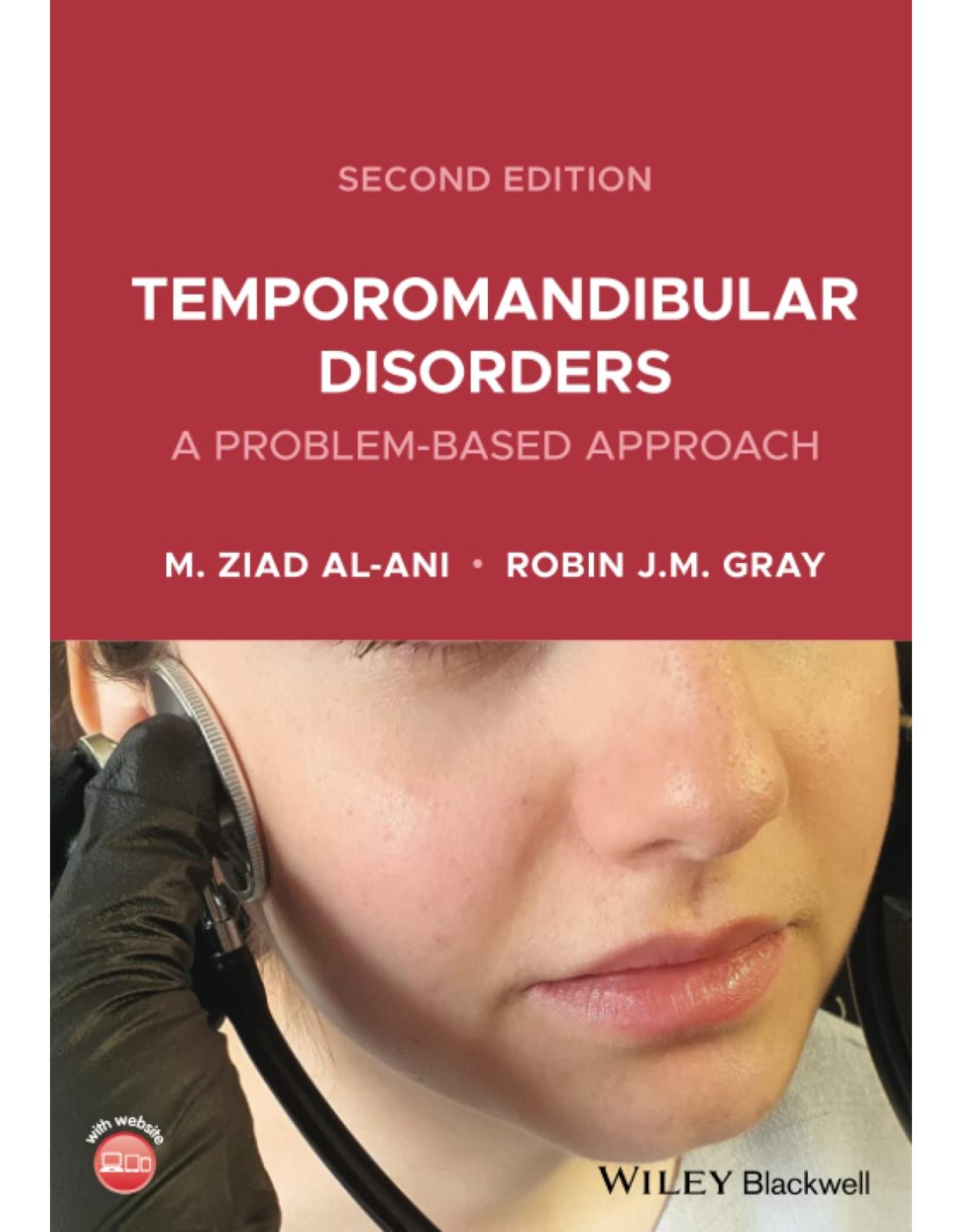
Temporomandibular Disorders
Livrare gratis la comenzi peste 500 RON. Pentru celelalte comenzi livrarea este 20 RON.
Disponibilitate: La comanda in aproximativ 4 saptamani
Editura: Wiley
Limba: Engleza
Nr. pagini: 304
Coperta: Paperback
Dimensiuni: 17.78 x 1.83 x 25.4 cm
An aparitie: 3 Jun. 2021
Description:
A valuable resource on how to diagnose and treat temporomandibular disorders (TMD)
The newly and thoroughly revised 2nd Edition of Temporomandibular Disorders: A Problem-Based Approach delivers a systematic and logical approach to diagnosing and treating temporomandibular disorders.
Using a case-based approach to assist readers with understanding and retention, the book discusses the practical realities of managing patients and promoting effective treatment of temporomandibular disorders. Containing full colour clinical images and diagrams throughout, the chapters include practical guides on how to make splints and samples of patient information sheets which can be used as templates. Readers will get access to topics such as:
The clinical aspects of anatomy, function, pathology, and classification
Differential diagnosis of temporomandibular joint problems
Clicking joint problems and the use of preliminary investigation in disc displacement
Temporomandibular joint locking diagnosis and treatment, including final treatment plans
Facial pain examinations, differential diagnosis, and questions to ask patients regarding pain in general
Headaches, worn teeth, dislocated jaws, and more issues that arise in the treatment of temporomandibular joint problems
Perfect for undergraduate dental students and general dental practitioners, the new edition of Temporomandibular Disorders is also useful to postgraduate dental students, academics, and researchers.
Table of Contents:
1: About the Book
About temporomandibular disorders: what is a ‘TMD’?
About the book
Chapter 2: Clinical aspects of anatomy, function, pathology, and classification
Chapter 3: Articulatory system examination
Chapter 4: I've got ‘TMJ’
Chapter 5: I've got a clicking joint
Chapter 6: I've got a locking joint
Chapter 7: I've got a grating joint
Chapter 8: You've changed my bite
Chapter 9: I've got pain in my face
Chapter 10: I've got a dislocated jaw
Chapter 11: My teeth are worn
Chapter 12: I've got a headache
Chapter 13: I've got whiplash
Chapter 14: What's of use to me in practice?
Chapter 15: You and the lawyer
Chapter 16: The referral letter
Chapter 17: How to make a splint
Chapter 18: Bruxism: Current knowledge of aetiology and management
Chapter 19: Splint therapy for the management of TMD patients: An evidence‐based approach
Chapter 20: Patient information
Appendix I: Flowcharts
Appendix II: Glossary of terms
Appendix III: Short answer questions
2 Clinical Aspects of Anatomy, Function, Pathology, and Classification
The joint anatomy, histology, structure, capsule, synovial membrane, and fluid, ligaments
Histology
The joint capsule
Synovial membrane
Ligaments
The temporomandibular ligament
The stylomandibular ligament
The sphenomandibular ligament
The intra‐articular disc (meniscus)
The bones of the temporomandibular joint
The mandibular condyle
The temporal bone
Innervation of the TMJ
Vascular supply to the TMJ
Mandibular (jaw/masticatory) muscles
Masseter muscle
Function
Parafunction
Examination
The temporalis muscle
Function
Parafunction
Examination
The lateral pterygoid muscle
Function
Parafunction
Examination
Medial pterygoid muscle
Function
Parafunction
Examination
Cervical muscles
Function
Parafunction
Examination
Sternocleidomastoid muscle
Classification and Pathology
Rare conditions
Condylar hyperplasia
Neoplasms
Uncommon conditions
Common conditions
Disc displacement
Myofascial pain
Diagnoses of TMDs
GROUP I: Muscle disorders
GROUP II: DDs
GROUP III: Other common joint disorders
Further Reading
3 Articulatory System Examination
1 Examination of the temporomandibular joints
Range of movement
Pathway of jaw opening
Maxillary and mandibular midlines
TMJ tenderness
Lateral palpation
Intra‐auricular palpation
Examination by manipulation of the mandible
Mandibular (masticatory) muscle tenderness
Masseter muscle
Temporalis muscle
Lateral pterygoid muscle
Joint sounds
Clicking
Crepitus
Signs of bruxism
Occlusal examination
Centric occlusion and centric jaw relation
Anterior guidance
Posterior interferences
Freedom in centric occlusion
Record‐keeping
Further Reading
4 I've Got ‘TMJ’!
History
Medical history
Examination
Range of movement
Joint sounds
Signs of bruxism
Temporomandibular joint tenderness
Mandibular muscle tenderness
Occlusion
Intraoral examination
Special tests
Differential diagnosis
Final diagnosis for Mrs Davies
Management
Explanation and reassurance
Physiotherapy
Soft laser
Acupuncture
Drug therapy
Splint therapy
Further Reading
Evidence‐based Dentistry
5 I've Got a Clicking Joint
History
Examination
Radiographs
Other special tests
Why do TMJs click?
When do TMJs click?
Why does the mouth deviate when opening?
What preliminary investigations may you use?
Radiographs
MRI, arthography
What is the most likely diagnosis for Mrs Smith?
Is disc displacement painful?
How should disc displacement with reduction be managed? Does it always need treatment?
Treatment
Explanation and reassurance
Physiotherapy
Drug therapy
Anterior repositioning splint
The patient journey
History and examination
Special tests
Diagnosis
Treatment
Advice and reassurance
Splint treatment
Result
Further Reading
Evidence‐based Dentistry
6 I've Got a Locking Joint
History
Examination 1
Radiographs/Imaging
Diagnosis
Treatment
TMJ locking
How important is measuring the range of movement?
Conclusion
Further Reading
Evidence‐based Dentistry
7 I've Got a Grating Joint
Examination
Radiographic examination
Diagnosis
Treatment
Explanation and reassurance
Physiotherapy
Medication
Reduction of contributory predisposing factors
Final treatment plan
What is crepitation?
Is osteoarthrosis always associated with pain and crepitus?
Radiographic changes
Treatment of pathological sequelae
Invasive treatment
Arthrocentesis
Intra‐articular injection of a steroid
Hyaluronate
Further Reading
Evidence‐based Dentistry
8 You've Changed My Bite
History
Examination
Special tests
Treatment
Discussion
How can this conformative approach be adopted practically?
Conclusion
Further Reading
Evidence‐based Dentistry
9 I've Got Pain in My Face
History
Examination
Radiographic examination
Differential diagnosis
Neuralgic pain
Treatment
Questions to ask patients regarding pain in general
Site
Character
Severity
Duration and frequency
Onset and time
Further Reading
10 I've Got a Dislocated Jaw
Examination
Radiographs
Other special tests
Likely diagnoses
Management
Further Reading
Evidence‐based Dentistry
11 My Teeth Are Worn
History
Examination
Radiographic examination (Bitewings)
Diagnosis
Treatment
Important considerations in tooth surface loss
Abrasion
Attrition
Parafunction
Management of attrition
Clinical photographs
Dated reference casts (study models)
Silicone index
Determine the cause
Prevent and treat the sensitivity
Treatment options
Categories of tooth surface loss
Category 1
Category 2
Category 3
Further reading
12 I've Got a Headache
Examination
Radiographs
Articulatory system exam
Which muscles are tender?
Why do joints click?
Likely diagnosis
Headache
Management
Patient journey
Further Reading
13 I've Got Whiplash
Examination
Radiographic examination
Record‐keeping
Are TMD and whiplash related?
Trauma
Physiological
Psychological
Cultural
Likely diagnosis
Management
Drug therapy
Physiotherapy
Further Reading
Evidence‐based Dentistry
14 What's of Use to Me in Practice?
Counselling and reassurance
Drug therapy
Physiotherapy
Splint therapy
Mouth prop
Occlusal adjustments
Does orthodontic treatment cause TMD?
Restorative treatment, the dentist, and TMD
The use of a facebow and semi‐adjustable articulators
Radiographs
Further referral
Further Reading
Evidence‐based Dentistry
15 You and the Lawyer
Case scenario 1: note and record‐keeping
Case scenario 2: a medical report request
Do you get enough information? Have you got the necessary experience?
What will you receive?
You will receive a quantity of notes
Doctor's records
Dentist's records
Walk‐in centre records
Royal Infirmary records
Dental hospital records
Your report
Case scenario 3: a disgruntled patient
Particulars of claim
Particulars of negligence
Particulars of injury
Further Reading
16 The Referral Letter
Details
History
Medical and social history
Request
Further Reading
17 How to Make a Splint
How do you make a stabilisation splint?
Facebow registration
Armamentarium (Figure 17.2)
Reference plane locator
Locating and marking a reference point on the patient's face
Taking the facebow registration (assembling the earbow on the patient)
Centric relation record
Fitting a stabilisation splint
How do you make an anterior repositioning splint?
Bite registration
Fitting the ARPS
Further reading
18 Bruxism: Current Knowledge of Aetiology and Management
Aetiology of bruxism
Definition of bruxism
Bruxism and TMD
Why bruxism (parafunction) is potentially damaging?
How much evidence about the efficacy of botulinum toxins on bruxism?
How can bruxism be managed?
Further reading
Evidence‐based dentistry
19 Splint Therapy for the Management of TMD Patients: An Evidence‐Based Discussion
Stabilisation splint (SS)
Are occlusal splints effective for treating sleep bruxism?
Anterior repositioning splint (ARPS)
Do occlusal contacts change following splint therapy?
Mandibular advancement/snoring appliances
Further Reading
Evidence‐based Dentistry
20 Patient Information
Stabilisation splint
Anterior repositioning splint
Use and care of occlusal bite splint
General advice for patients with a TMD
Exercise programme for patients with TMD
Vertical movement
Lateral movement
Protrusive movement
Appendix I Flowcharts
Appendix II Glossary of Terms
Further Reading
Appendix III Short Answer Questions
Index
WILEY END USER LICENSE AGREEMENT
| An aparitie | 3 Jun. 2021 |
| Autor | Ziad Al–Ani, Robin J. M. Gray |
| Dimensiuni | 17.78 x 1.83 x 25.4 cm |
| Editura | Wiley |
| Format | Paperback |
| ISBN | 9781119618744 |
| Limba | Engleza |
| Nr pag | 304 |

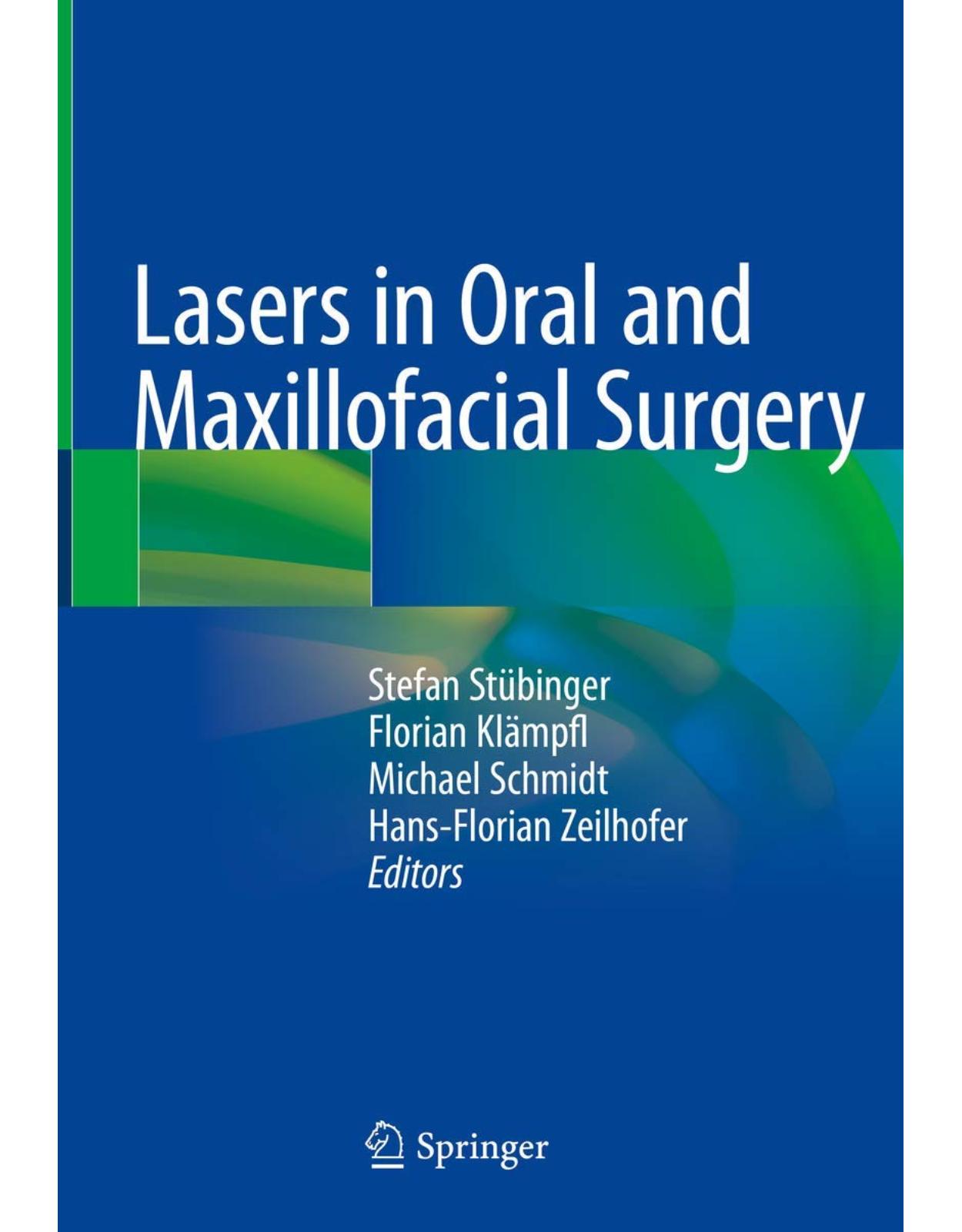
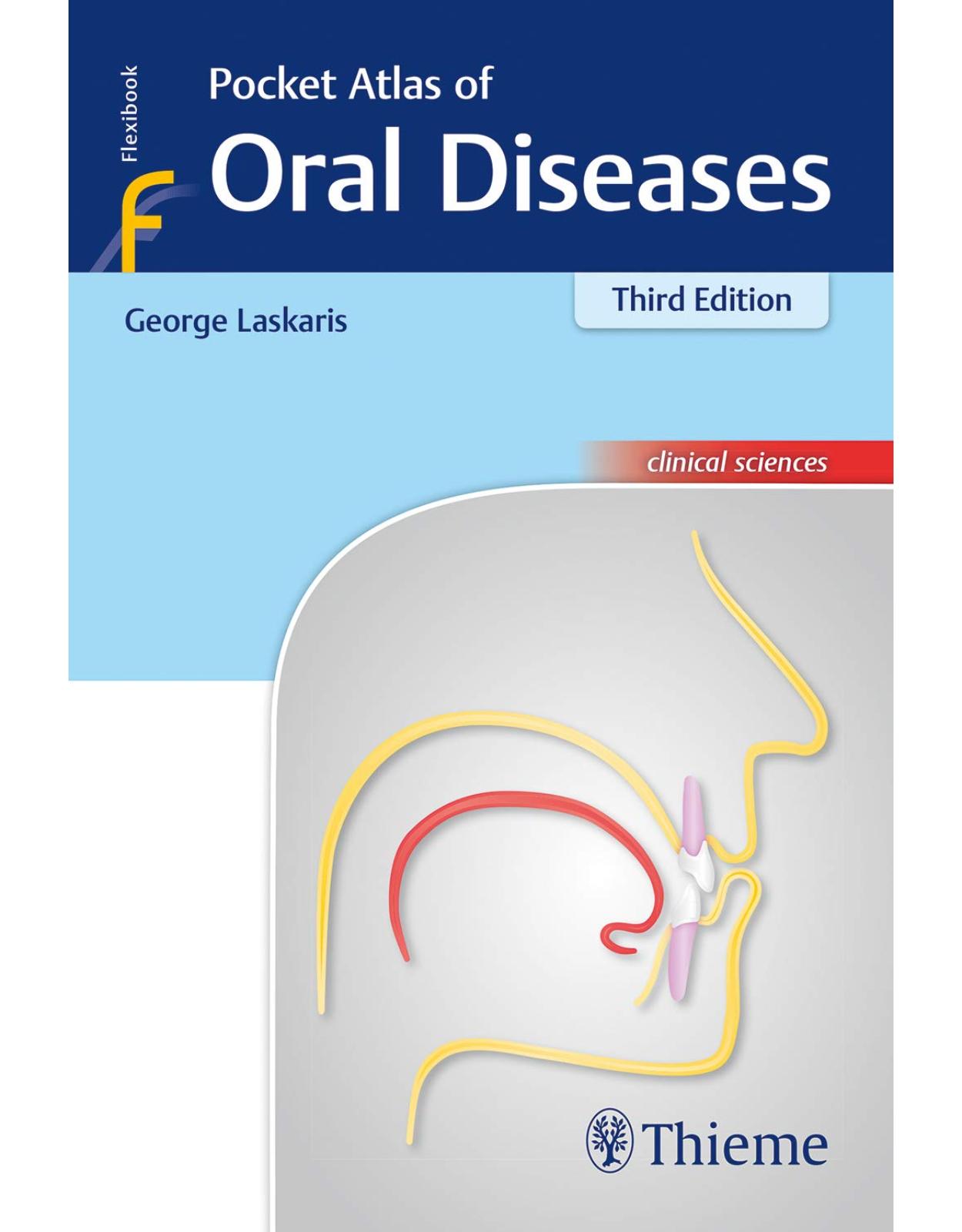
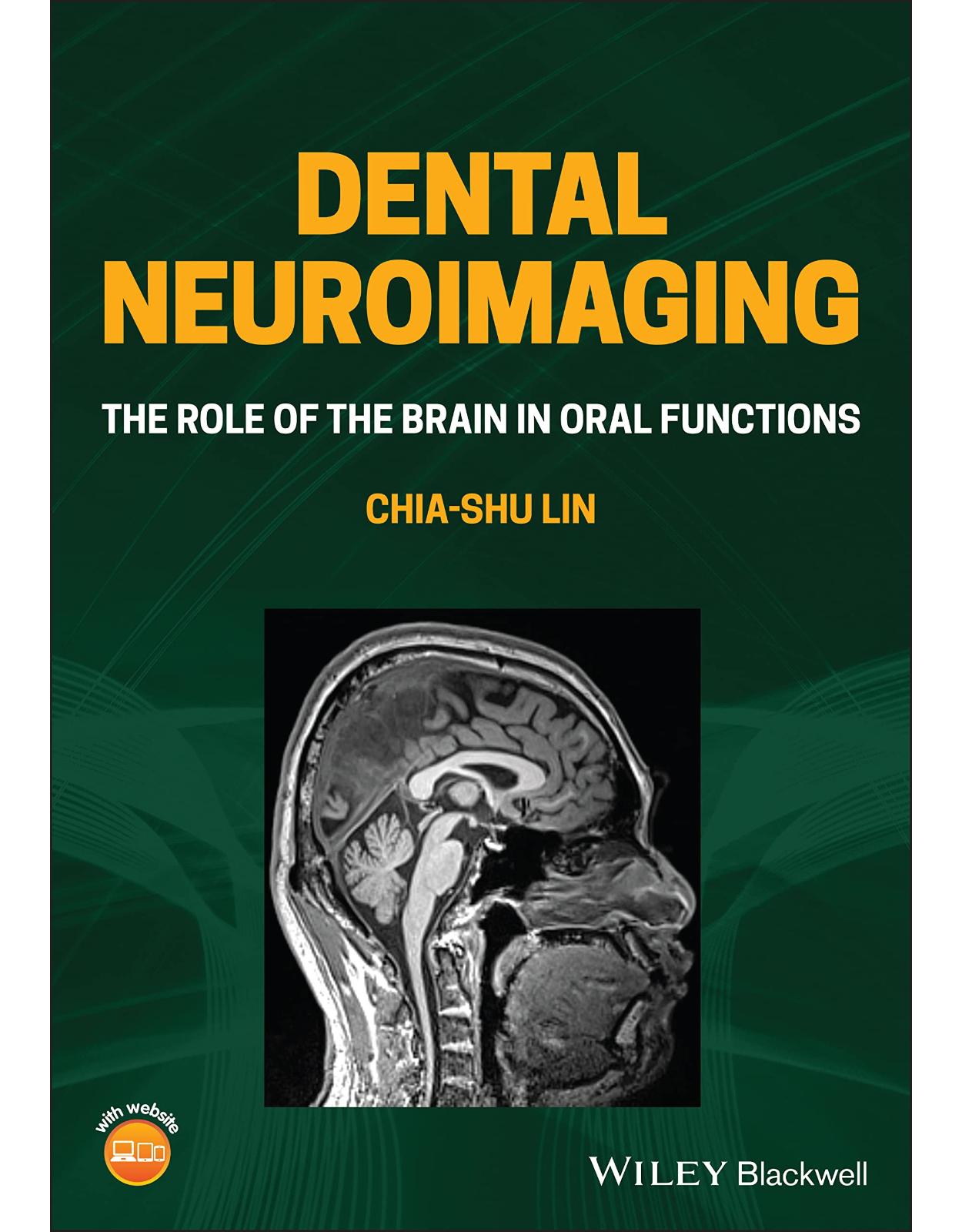
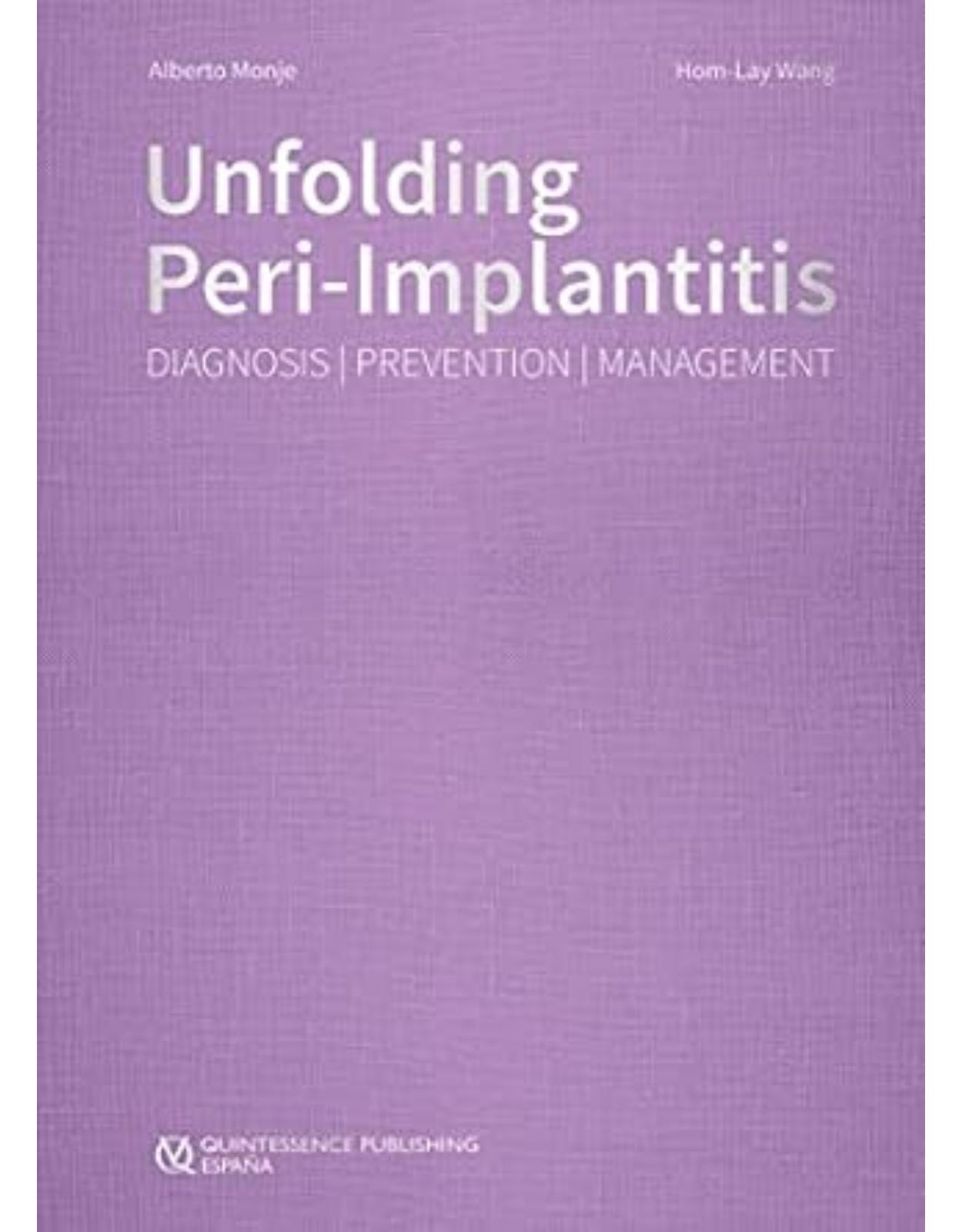
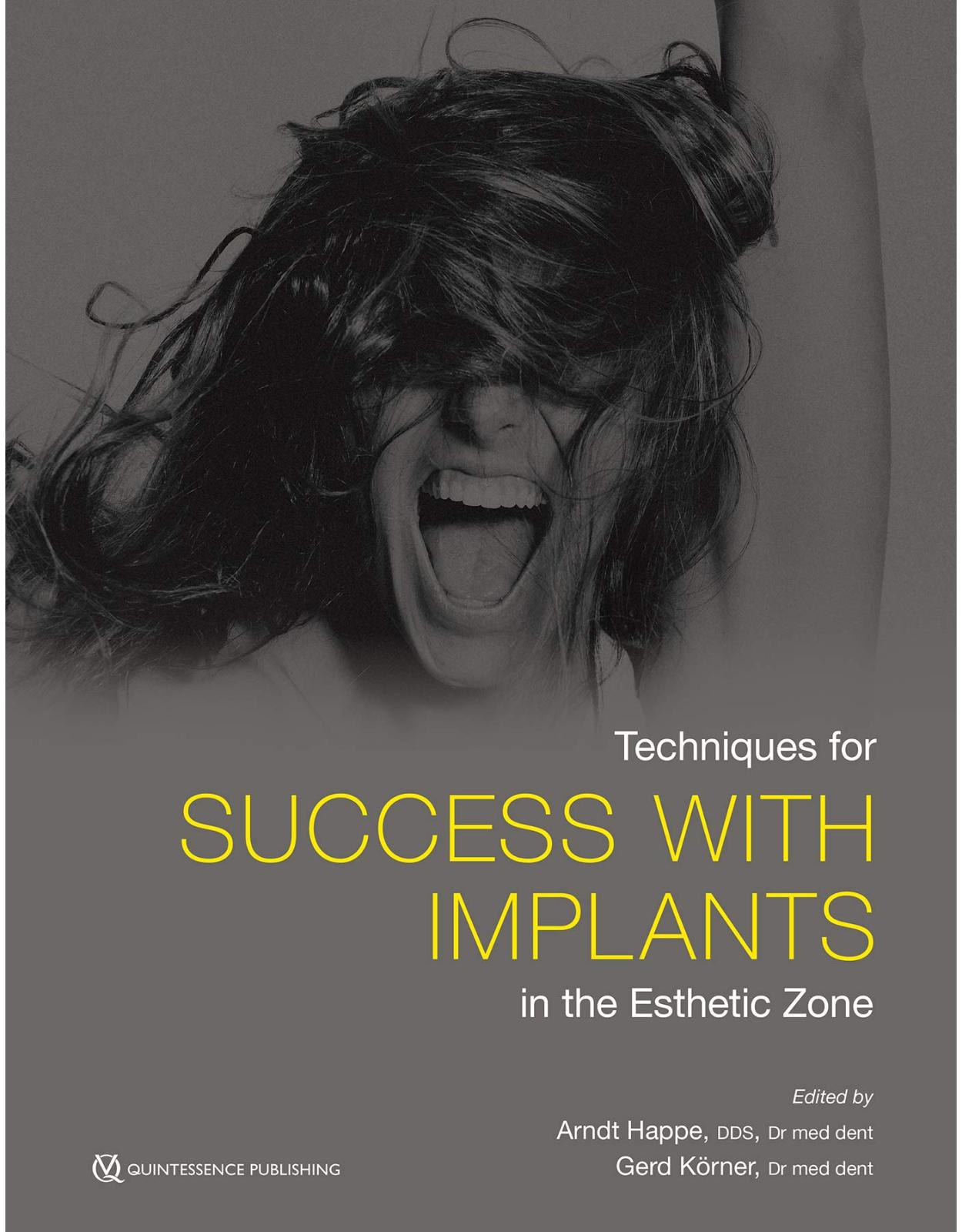
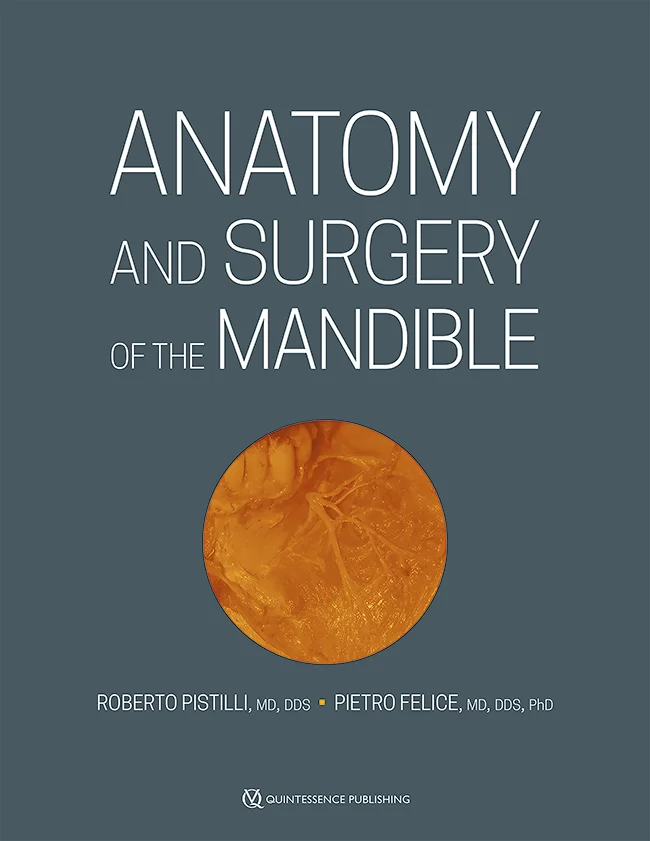
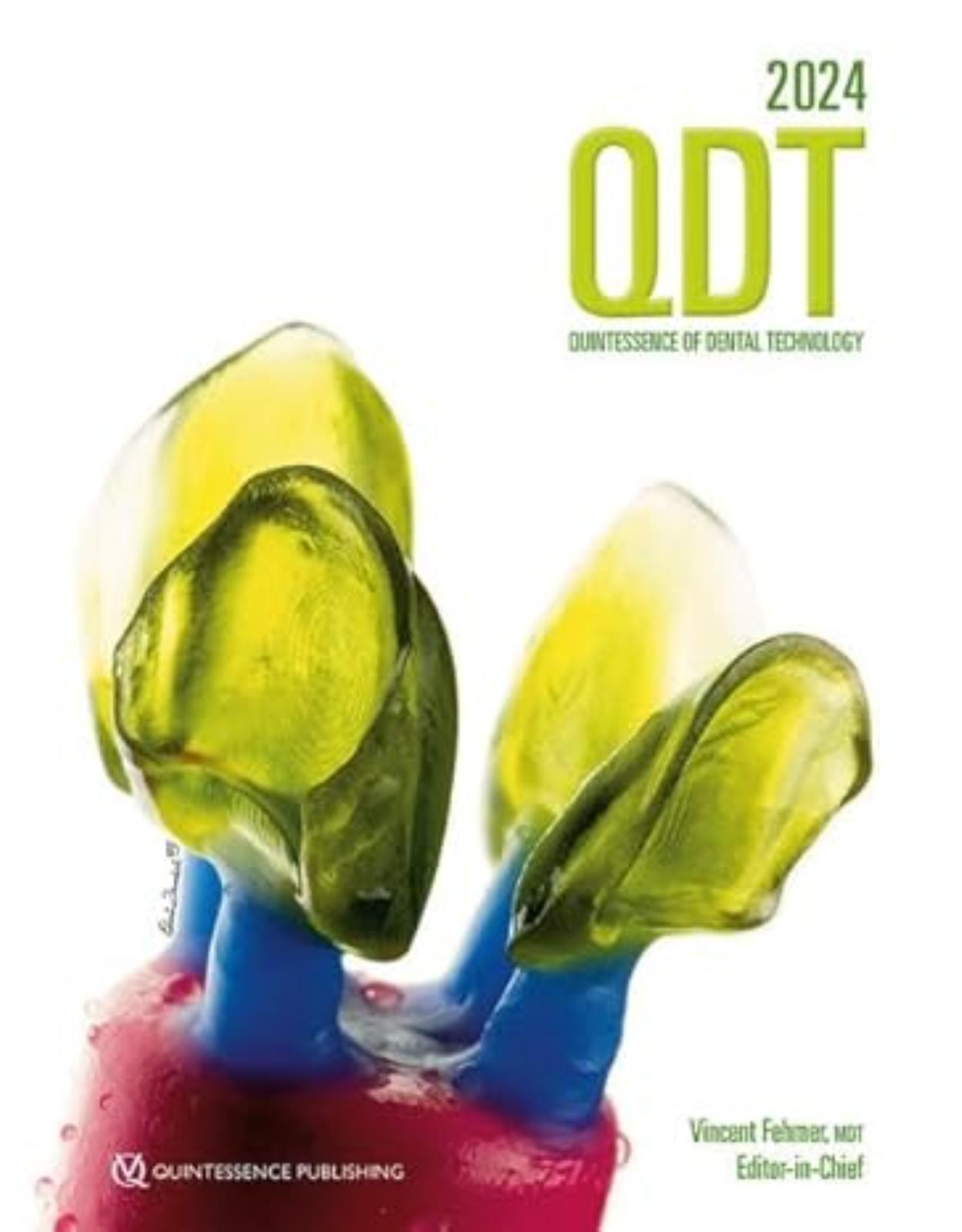
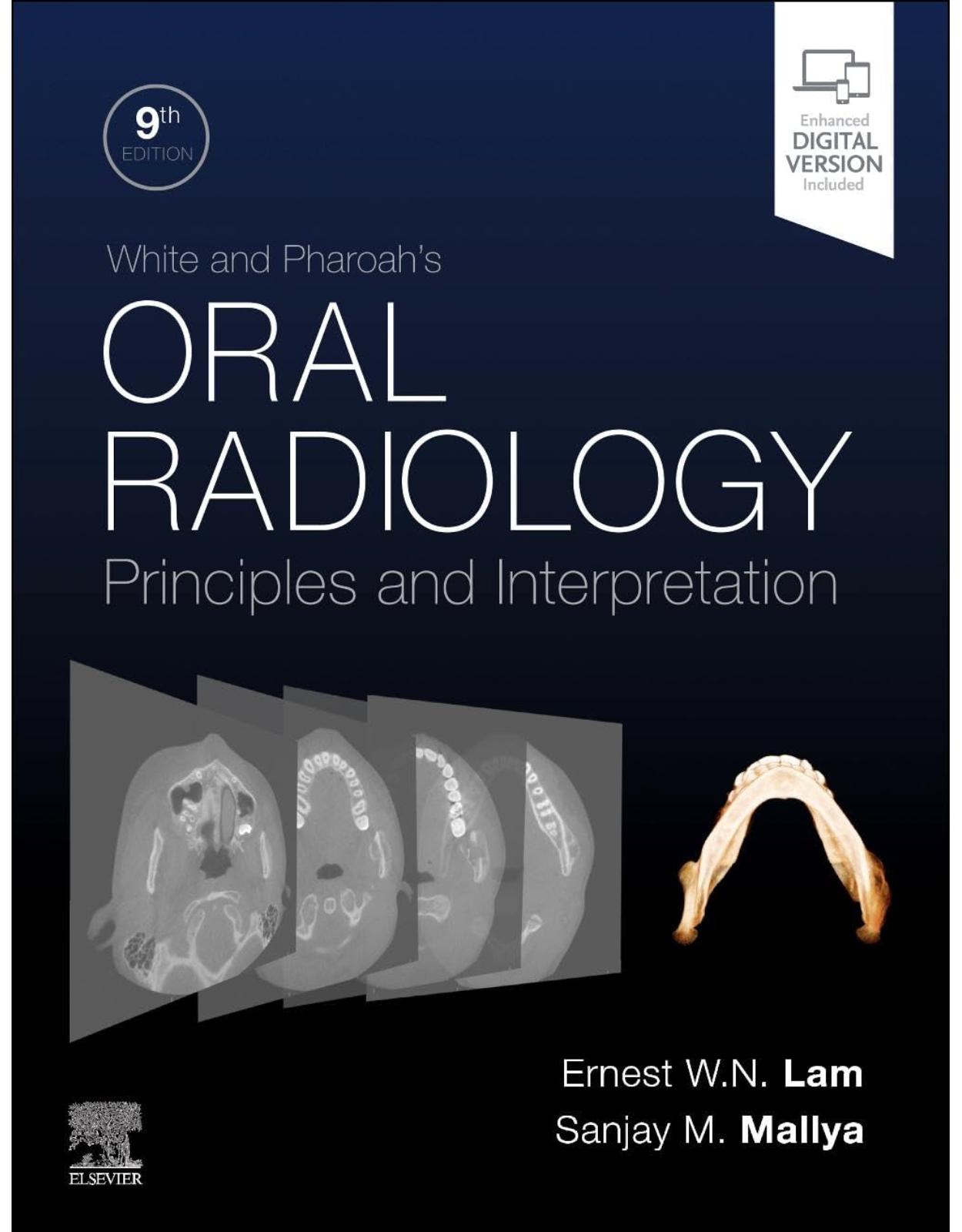
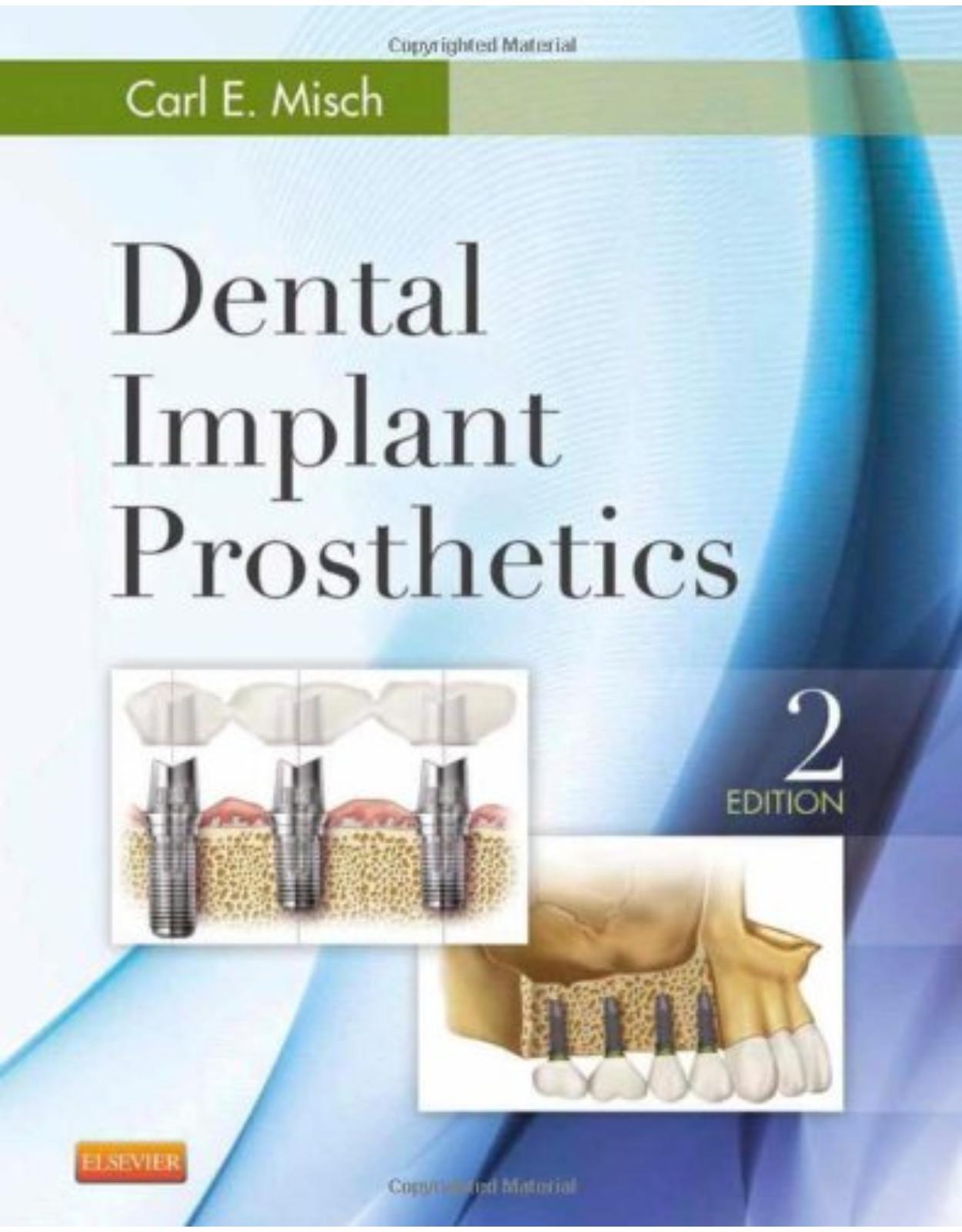
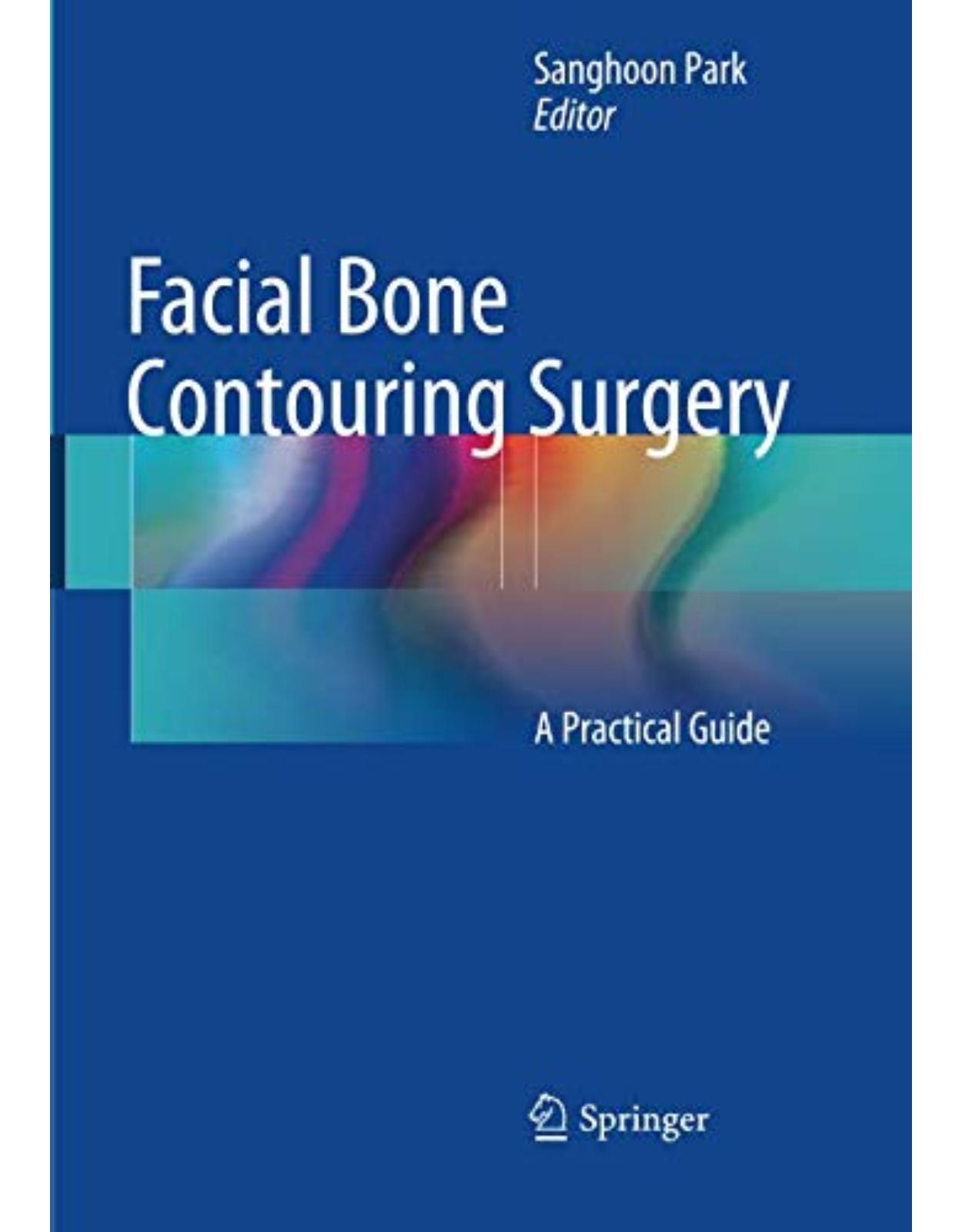




Clientii ebookshop.ro nu au adaugat inca opinii pentru acest produs. Fii primul care adauga o parere, folosind formularul de mai jos.